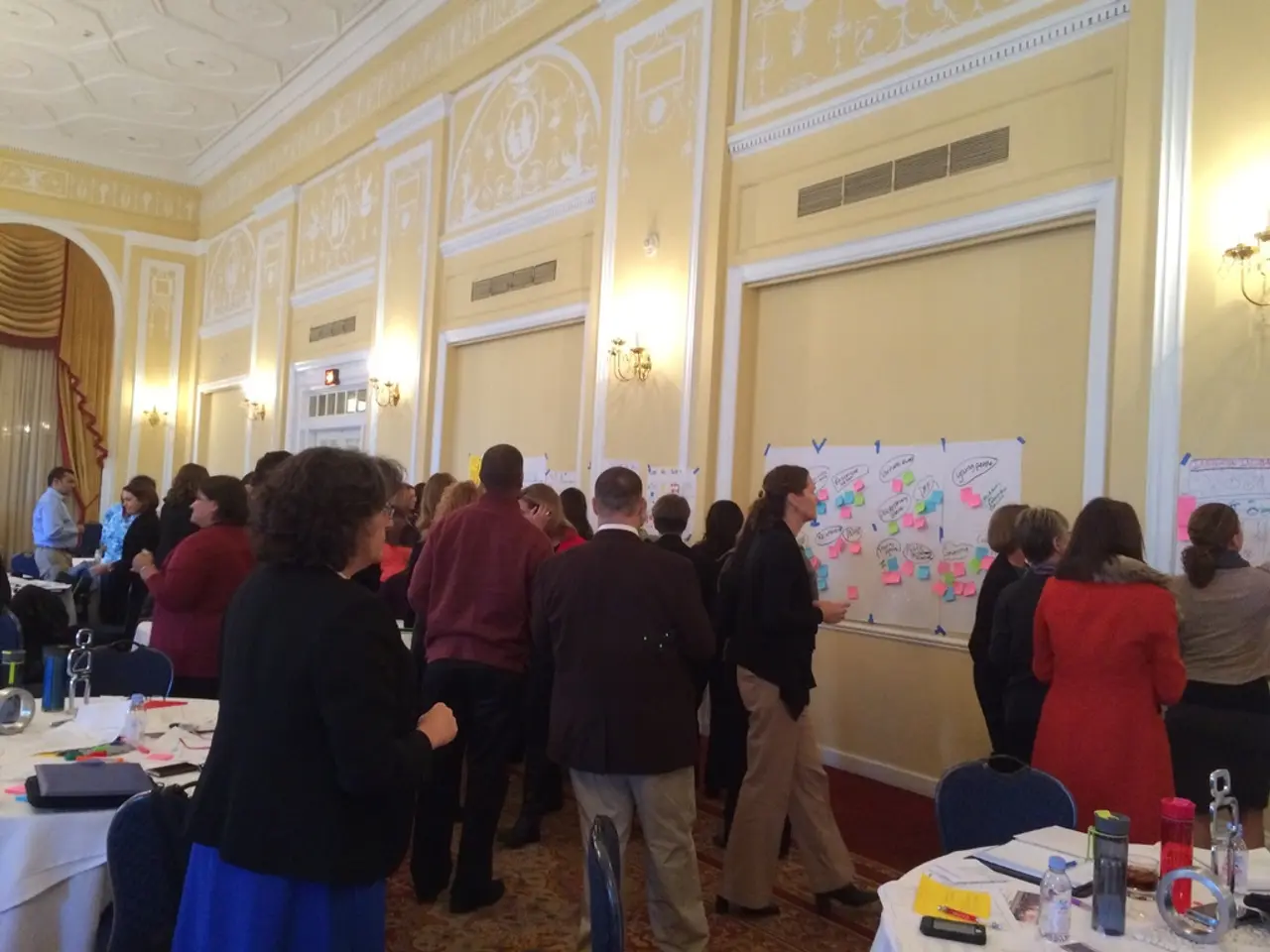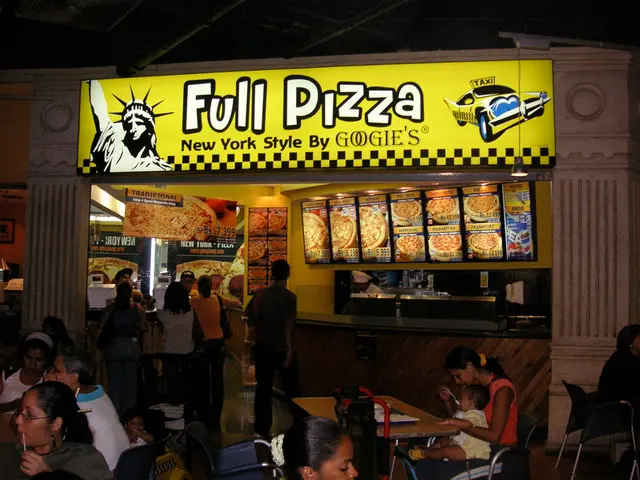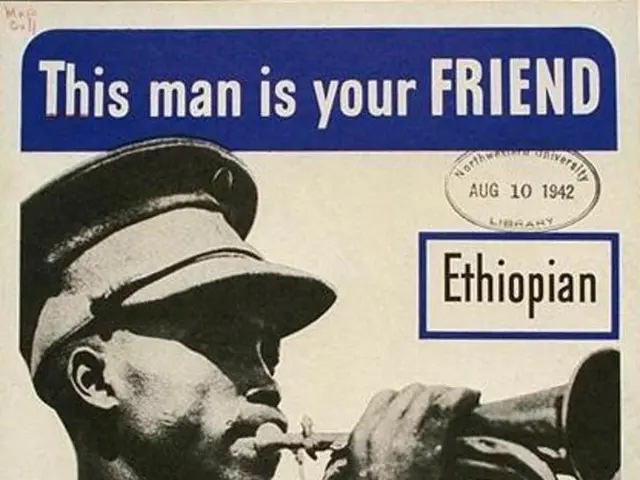Dive into wplace, a dynamic, collective digital art platform where users mold and create the virtual landscape, comparable to crafting a globe with their brushstrokes.
In the digital realm, a new platform has emerged that's capturing the imagination of millions worldwide – Wplace. Launched on July 21, 2025, this gamified global map allows users to paint and draw on a 4-trillion-pixel canvas, creating a vibrant tapestry of art that reflects our diverse world.
With over 10.6 million users as of Thursday, Wplace is a collaborative space where users from all corners of the globe come together to create, share, and appreciate art. The platform, developed by Enzo Watanabe, Lucas Teruo Yamashita, and Murilo Matsubara, is supported by individual users, although the exact number of employees on their team is not specified.
One of the unique aspects of Wplace is the way it rewards contribution. New users start with a small, fixed number of pixels, and more become available every 30 seconds. The more users contribute, the more pixels they have access to, similar to a leveling system in video games. This dynamic encourages active participation and collaboration.
However, like any large, open platform, Wplace is not without its challenges. Some users have complained about a lack of moderation and timely action against inappropriate content on the site. Map art includes racist words or images, sexually explicit content, vandalized pride flags, and Nazi symbols. Yet, users have banded together to make collective callouts to help cover up such content.
Despite these issues, Wplace is committed to improvement. The platform aims to enhance moderation and is looking for technology to aid server performance and provide more security features. It has outlined general rules barring inappropriate content, bots, disclosing someone else's personal information, and painting over other art.
The art on Wplace is as diverse as the users themselves. Images of war are seen on the border between Russia and Ukraine, with some depicting military tanks or planes, while others write messages calling for peace. Above Gaza, users have painted Palestinian flags and messages of solidarity amid Israel's ongoing war. Pop culture references abound, with images of Icelandic singer Laufey, tributes for Selena Quintanilla, soccer crests, Squid Game fanart, and Walter White's monologue from Breaking Bad.
Washington, D.C., is covered with political messages, many of which focus on President Donald Trump. Users from around the world collaborate on larger projects, such as "The Neighborhood" in Yuma County, Arizona, which has over 50 connected homes, paths, grass, and rivers.
Jessa Lingel, associate professor of communication at the University of Pennsylvania's Annenberg School, notes that people have come together to sustain collaborative spaces like Wikipedia or Archive of Our Own. She expects pockets of artistic collaboration to continue emerging online, even if they don't attract as much attention.
For many users, Wplace serves as an outlet for creativity. Emily Northrip, a college student in Boston, found the addition of pupils over her superhero character's goggles funny, while Muhammad Aliy Fattah bin Yusrizal, a user from Malaysia, uses Wplace as an outlet for his creativity, mostly contributing art dedicated to his favorite video games and placed atop his home country.
Despite the occasional disruption or "griefing" by certain users, many have become used to their art being covered up over time. Wplace intends to continue welcoming new contributions and hosting in-platform events, fostering a global community of artists and dreamers.
Read also:
- Peptide YY (PYY): Exploring its Role in Appetite Suppression, Intestinal Health, and Cognitive Links
- Toddler Health: Rotavirus Signs, Origins, and Potential Complications
- Digestive issues and heart discomfort: Root causes and associated health conditions
- House Infernos: Deadly Hazards Surpassing the Flames








